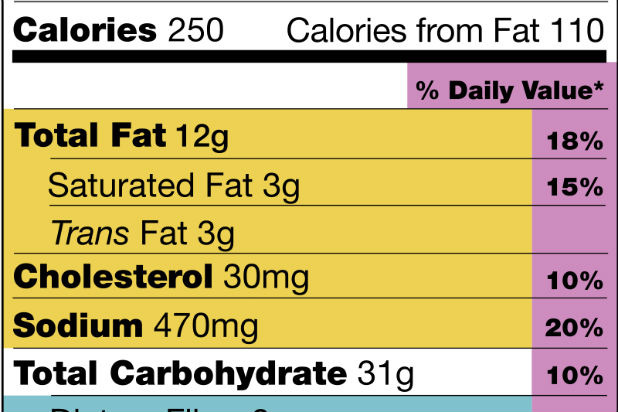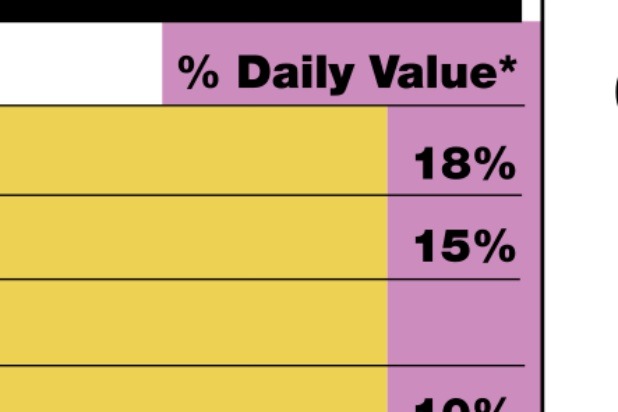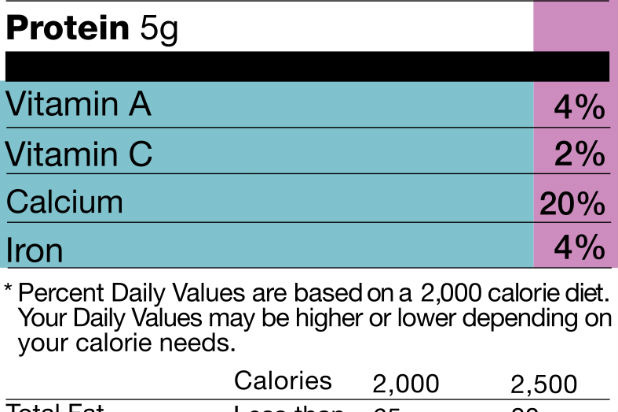How To Read A Nutrition Label Slideshow
Serving Size
Listed at the very top of a nutrition label, "serving size" is the first thing you'll see. The serving size is a number with a measurement, such as cups or ounces, that tells you how big one serving is based on that food. Directly below the serving size you'll see "servings per container," which tells you how many of those servings are in that package of food. The serving size and servings per container are there to help you decide how much of the food you should eat. Be aware that all of the nutrition information on the label is based on one serving.
Percent Daily Value
Lining the far right side and bottom of a nutrition label are percentages defined as the "% (percent) daily value." These percentages let you know how the nutrients in one serving contribute to your daily dietary needs. They'll help you determine which foods are low in nutrients and which are high in nutrients. If a food has 5 percent of the daily value or less, it is low in that nutrient and not a great source for it. If it has 20 percent or more, it is high in that nutrient.
Percent daily values are based on a 2,000-calorie diet, which is explained with an asterisk at the bottom of the label. Depending on your body type and how active you are, your calorie requirement may vary. The best way to find out how many calories you should consume daily is by talking to your doctor.
Nutrients You Should Limit
Depending on your dietary needs, there are some nutrients that you should limit to help prevent health problems. These nutrients offer important nutritional benefits but can be harmful if excessive amounts are consumed. Listed in the middle of the label with their percent daily values, they include calories, fat (saturated and trans fats), cholesterol, sodium, carbohydrates, and sugars.
Nutrients You Should Limit
Depending on your dietary needs, there are some nutrients that you should limit to help prevent health problems. These nutrients offer important nutritional benefits but can be harmful if excessive amounts are consumed. Listed in the middle of the label with their percent daily values, they include calories, fat (saturated and trans fats), cholesterol, sodium, carbohydrates, and sugars.
Nutrients You Should Eat More Of
At the bottom of a nutrition label, there is another group of nutrients listed with their percent daily values. You shouldn't limit these, but eat more of them because they are essential for staying healthy and strong. These can vary on some labels, but the most common ones that are listed are potassium, fiber, protein, vitamin A, vitamin C, calcium, and iron. Eating more of these nutrients could improve your health and lower your risk of certain diseases.
What Does It Really Mean?
Sometimes manufacturers label the front of their products with terms that sound like a good thing but are often misleading. It's important to know what these terms mean in order to make smart and healthy decisions when buying and consuming food.
Words like "fortified," "enriched," "added," "extra," and "plus," mean that some nutrients such as minerals and fiber were removed, and vitamins were added.
A "fruit drink" means there is probably little or no fruit at all and a lot of sugar. Look for drinks that say "100% fruit juice."
What Does It Really Mean?
Products that say made with wheat, rye, or multigrain actually have very little whole grains. Look for the word "whole" to ensure that the food is 100 percent whole grain.
If a label says "natural," there may have been a natural ingredient in the manufacturing process, but that ingredient isn't necessarily there anymore. Look for "100% all natural" and "no preservatives."
Don't trust labels with the words "organically grown," "pesticide-free," or "no artificial ingredients." Only trust food that is "certified organically grown."
